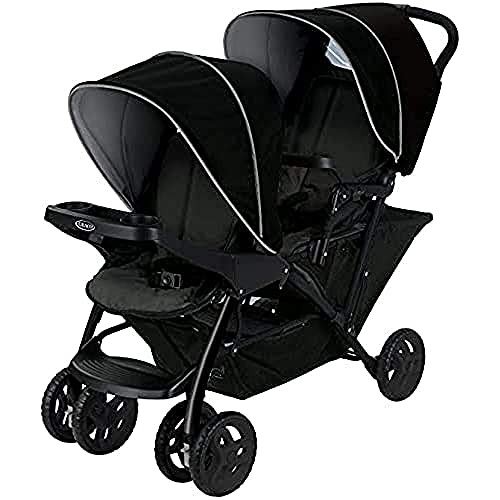Pram or Pushchair: A Comprehensive Guide for New Parents
Selecting the right mode of transport for kids is among the very first substantial decisions new moms and dads face. With many choices on the market, the dispute in between prams and pushchairs can be overwelming. This article will offer comprehensive insights into the differences between prams and pushchairs, their specifications, benefits and downsides, and what to think about before making a purchase.
Comprehending Prams and Pushchairs
At its core, the choice in between a pram and a pushchair lies in their style and meant use.
Definitions:
- Pram: A pram, brief for "perambulator," is developed primarily for newborns. It includes a flat, carrycot-style seat that allows the baby to lie down totally flat. Prams are typically more glamorous and are planned for transporting babies who are not yet staying up separately.
- Pushchair: A pushchair, likewise known as a stroller, is created for older infants and toddlers who can stay up. Pushchairs normally have an upright seat and might not recline entirely flat, although numerous designs now provide adjustable reclining alternatives for comfort.
Key Differences:
| Feature | Pram | Pushchair |
|---|---|---|
| Age of Use | Newborn to about 6 months | 6 months to 4 years or more |
| Seating Position | Flat, lying down | Upright or somewhat reclined |
| Weight | Usually much heavier | Usually lighter |
| Portability | Less portable due to weight | More portable and easier to fold |
| Usage Case | Brief strolls, leisurely walks | Daily use, errands, longer outings |
Benefits and Disadvantages
Pram
Advantages:
- Comfort for Newborns: Provides a flat surface area favorable to a newborn's developmental requirements.
- Stylish Designs: Many prams featured elegant designs, using a touch of luxury.
- Storage Space: Sometimes include larger storage alternatives listed below.
Downsides:
- Weight: Generally much heavier and bulkier than pushchairs.
- Restricted Usage: Suitable just for newborns and infants who can not stay up.
Pushchair
Benefits:
- Versatility: Suitable for older babies and young children, often accommodating them for numerous years.
- Lightweight and Portable: Easier to fold and carry, making them ideal for hectic parents.
- Configurable Options: Many pushchairs have adjustable seats and accessories for vehicle seats and carrycots.
Disadvantages:
- Comfort for Newborns: Not constantly suitable for infants in the early months without a proper insert.
- Less Luxurious: Often viewed as less luxurious compared to prams.
Making the Right Choice
When it comes to deciding between a pram and pushchair, several aspects should be thought about:
1. Way of life:
- If parents frequently make long journeys or go for strolls, a pram may be preferential.
- If they require to navigate through city streets or take public transportation, a light-weight pushchair may be better.
2. Budget plan:
Pricing can vary extensively. Understanding Premium Pram will help focus on alternatives that fulfill both visual and useful criteria.
3. Versatility:
Some progressive options include travel systems that permit parents to transition from a safety seat to a pushchair with the exact same base, using optimum versatility.
4. Storage Space:
A pram might take up more space in a lorry or in the house, while a pushchair's capability to fold down can be a considerable advantage in tighter spaces.
FAQs
Q1: Can I utilize a pushchair for newborns?
A1: Some pushchairs feature bassinet attachments or completely reclining seats, making them appropriate for newborns. However, it's important to inspect the requirements before usage.
Q2: How do I select the right design?
A2: Consider your lifestyle, budget, and the functions you focus on, such as weight, mobility, and storage choices.
Q3: Are prams and pushchairs safe for my baby?
A3: Yes, both prams and pushchairs are designed with security features. Search for models with a 5-point harness, durable brakes, and secure frames.
Q4: How long can I utilize a pram for?
A4: A pram is normally appropriate until a baby can stay up unassisted, generally around 6 months.
Q5: What are travel systems?
A5: Travel systems are combinations of an automobile seat and a pushchair that work in tandem, enabling easy shifts from vehicle to pushchair without requiring to eliminate the baby.
Picking between a pram and a pushchair ultimately comes down to the needs and lifestyle choices of each family. Prams offer convenience and design for babies, while pushchairs offer flexibility and ease for older babies and toddlers. By thoroughly thinking about specific scenarios and requirements, moms and dads can make an informed option that will guarantee safe and satisfying outings with their little ones.
In the end, whether one choose a stylish pram or a practical pushchair, the main goal remains the exact same-- guaranteeing comfort and safety for the child while helping with benefit for parents.

